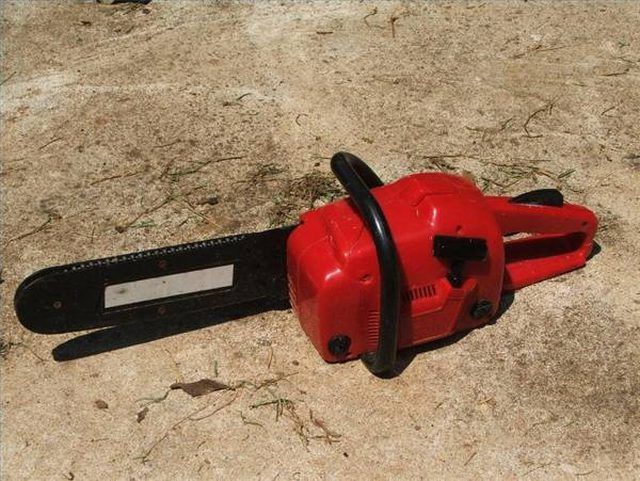Bulbs
Flower Basics
Flower Beds & Specialty Gardens
Flower Garden
Garden Furniture
Garden Gnomes
Garden Seeds
Garden Sheds
Garden Statues
Garden Tools & Supplies
Gardening Basics
Green & Organic
Groundcovers & Vines
Growing Annuals
Growing Basil
Growing Beans
Growing Berries
Growing Blueberries
Growing Cactus
Growing Corn
Growing Cotton
Growing Edibles
Growing Flowers
Growing Garlic
Growing Grapes
Growing Grass
Growing Herbs
Growing Jasmine
Growing Mint
Growing Mushrooms
Orchids
Growing Peanuts
Growing Perennials
Growing Plants
Growing Rosemary
Growing Roses
Growing Strawberries
Growing Sunflowers
Growing Thyme
Growing Tomatoes
Growing Tulips
Growing Vegetables
Herb Basics
Herb Garden
Indoor Growing
Landscaping Basics
Landscaping Patios
Landscaping Plants
Landscaping Shrubs
Landscaping Trees
Landscaping Walks & Pathways
Lawn Basics
Lawn Maintenance
Lawn Mowers
Lawn Ornaments
Lawn Planting
Lawn Tools
Outdoor Growing
Overall Landscape Planning
Pests, Weeds & Problems
Plant Basics
Rock Garden
Rose Garden
Shrubs
Soil
Specialty Gardens
Trees
Vegetable Garden
Yard Maintenance
How to Adjust a Chainsaw Carburetor
How to Adjust a Chainsaw Carburetor. A chainsaw, when properly adjusted, should rev up smoothly when increasing the engine speed and should not emit excessive smoke. When a chainsaw carburetor is improperly adjusted, or as the chainsaw ages and the carburetor adjustment gets out of adjustment, clouds of smoke can be emitted as it is operated. An...

A chainsaw, when properly adjusted, should rev up smoothly when increasing the engine speed and should not emit excessive smoke. When a chainsaw carburetor is improperly adjusted, or as the chainsaw ages and the carburetor adjustment gets out of adjustment, clouds of smoke can be emitted as it is operated. An improperly adjusted carburetor can also reduce the life of the chainsaw engine. Learn how to adjust a chainsaw carburetor to make your chainsaw run smoothly and efficiently.
Things You'll Need
Screwdriver
Adjustable wrench
Hex driver set
Check the fuel level in the fuel tank. The fuel tank should be at least filled to the halfway mark. If there is less fuel, it will make correctly adjusting the carburetor more difficult.
Gain access to the chainsaw carburetor. This can vary with the model and manufacturer of your specific chainsaw. Generally you will need an adjustable wrench and a hex nut driver to remove bolts from the housing of the chainsaw. Remove the housing. The carburetor adjustments will be small screws near the engine.
Start the chainsaw engine and wait for three minutes. This allows time for the engine to warm up, which is needed to correctly adjust the carburetor.
Turn the idle adjustment screw. You'll hear the engine speed up or slow down as you turn the screw. Set your engine idle so that the engine runs at a high speed. This will help prevent the engine from turning off unintentionally.
Turn the screw adjustment for low speed. Turn it one way until the engine begins to run roughly. Turn the screw the other way until the engine begins to sputter. Mentally note the two screw positions and turn the screw so that it is midway between these two points. Pull the chainsaw trigger slightly to check if your low speed adjustment.
Pull the trigger for full throttle speed of the chainsaw. If the engine sounds like its running smoothly with a slightly rough edge, the screw for the full speed adjustment is properly set. If the engine sputters and coughs, adjust the screw and pull the trigger again. Repeat until the full speed of the chainsaw sounds smooth.
Reinstall the chainsaw housing.
Tips & Warnings
The carburetor adjustment can change over a summer of use, so readjust as required with use.
Always have firm footing when handling a chain saw in operation.